
The Enchanting Islands of Koh Phi Phi
Discover the tropical paradise of Koh Phi Phi in Thailand, where crystal-clear waters, lush landscapes, and vibrant nightlife await adventurous travelers.
Koh Phi Phi, a stunning archipelago in Thailand, is a paradise for beach lovers and adventure seekers. Located in the Andaman Sea, these islands are renowned for their crystal-clear waters, lush greenery, and dramatic cliffs. The main island, Phi Phi Don, is bustling with vibrant nightlife, cozy beach bars, and mouth-watering Thai cuisine. Nearby, Phi Phi Leh is famous for its breathtaking Maya Bay, which gained worldwide fame from the movie 'The Beach'. Snorkeling and diving enthusiasts will be delighted by the rich marine life and colorful coral reefs found around the islands. The waters are teeming with tropical fish, making it a perfect spot for underwater exploration. For those who prefer to stay on land, hiking trails offer panoramic views of the stunning landscape, especially from the viewpoint on Phi Phi Don. Koh Phi Phi is also a cultural treasure, with opportunities to experience traditional Thai hospitality. Whether you’re exploring the bustling markets or relaxing on a secluded beach, you’ll find the islands to be a welcoming and enchanting destination. The combination of natural beauty and vibrant local culture makes Koh Phi Phi an unforgettable stop on any traveler’s journey.
Local tips in Koh Phi Phi
- Visit Maya Bay early in the morning to avoid the crowds and enjoy the serene beauty.
- Carry cash, as many small shops and restaurants do not accept credit cards.
- Bring biodegradable sunscreen to protect the coral reefs.
- Stay hydrated and wear appropriate sun protection, as the tropical sun can be intense.
- Consider staying on Phi Phi Don to experience the local nightlife and easy access to excursions.
The Enchanting Islands of Koh Phi Phi
Koh Phi Phi, a stunning archipelago in Thailand, is a paradise for beach lovers and adventure seekers. Located in the Andaman Sea, these islands are renowned for their crystal-clear waters, lush greenery, and dramatic cliffs. The main island, Phi Phi Don, is bustling with vibrant nightlife, cozy beach bars, and mouth-watering Thai cuisine. Nearby, Phi Phi Leh is famous for its breathtaking Maya Bay, which gained worldwide fame from the movie 'The Beach'. Snorkeling and diving enthusiasts will be delighted by the rich marine life and colorful coral reefs found around the islands. The waters are teeming with tropical fish, making it a perfect spot for underwater exploration. For those who prefer to stay on land, hiking trails offer panoramic views of the stunning landscape, especially from the viewpoint on Phi Phi Don. Koh Phi Phi is also a cultural treasure, with opportunities to experience traditional Thai hospitality. Whether you’re exploring the bustling markets or relaxing on a secluded beach, you’ll find the islands to be a welcoming and enchanting destination. The combination of natural beauty and vibrant local culture makes Koh Phi Phi an unforgettable stop on any traveler’s journey.
When is the best time to go to Koh Phi Phi?
Iconic landmarks you can’t miss
Pi Leh Bay
Explore the breathtaking beauty of Pi Leh Bay in Krabi, Thailand, where turquoise waters and limestone cliffs create a paradise for nature lovers and adventurers.
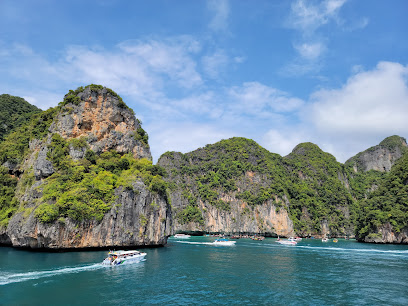
Bamboo Island
Discover the pristine beauty of Bamboo Island in Krabi, Thailand, where crystal-clear waters and serene beaches create an unforgettable tropical escape.
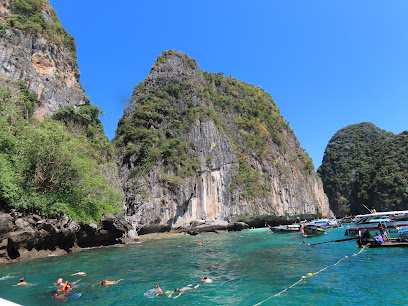
Phi Phi Viewpoint 2
Experience the stunning vistas of Phi Phi Viewpoint 2, a picturesque gem in Krabi offering unforgettable views of Thailand's lush landscapes.
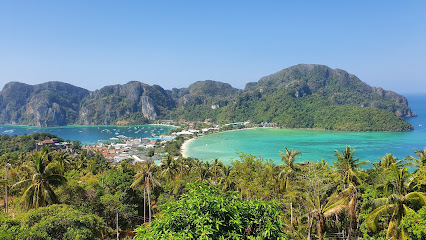
Ao Ton Sai Pier
Experience the vibrant energy and breathtaking scenery at Ao Ton Sai Pier, the gateway to Phi Phi Island's pristine beaches and crystal-clear waters.
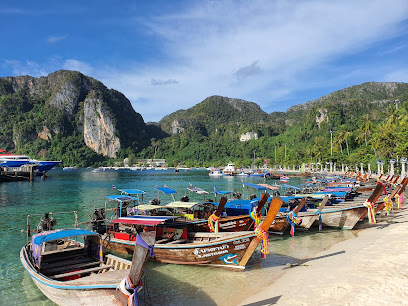
Phi phi Viewpoint 1 ( i love phi phi )
Discover stunning panoramic views at Phi Phi Viewpoint 1, a must-visit scenic spot on the iconic Phi Phi Islands in Krabi, Thailand.
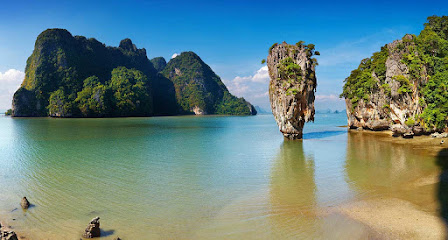
Nui Beach
Experience the tranquil beauty of Nui Beach in the Phi Phi Islands, a hidden paradise for relaxation and exploration in Thailand's stunning natural landscape.
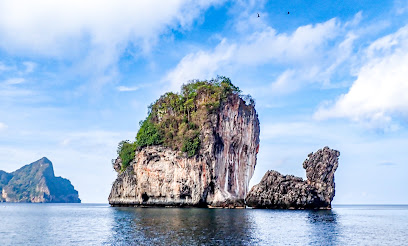
Phi Phi Viewpoint 3
Experience the stunning landscapes and vibrant beauty of Phi Phi Viewpoint 3, the perfect spot for unforgettable views and nature's tranquility.
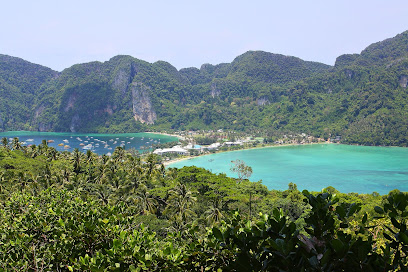
Monkey Bay
Explore the idyllic Monkey Bay, a tropical paradise in the Phi Phi Islands, renowned for its stunning scenery, vibrant marine life, and playful monkeys.
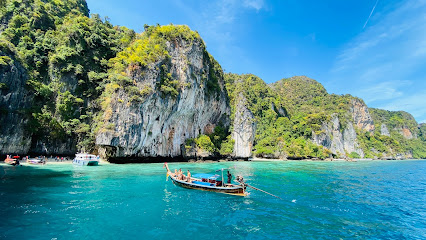
Five Star Thailand | Phi Phi Island Tour
Experience the breathtaking beauty of Phi Phi Island with Five Star Thailand Tours. Discover snorkeling, hidden beaches, and unforgettable adventures in tropical paradise.
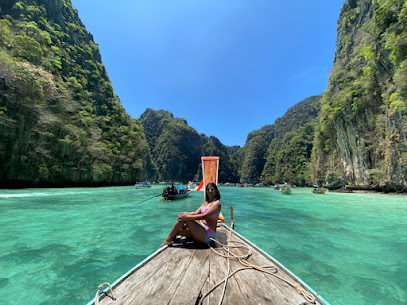
Phi-phi pier
Explore the stunning Phi-Phi Pier, your gateway to the breathtaking Phi Phi Islands in Thailand, where adventure and relaxation await.
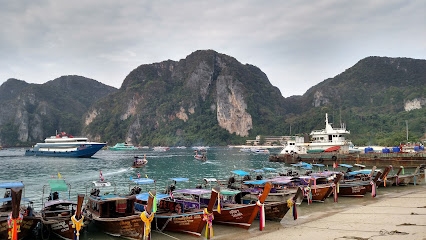
Loh Ba Kao Bay
Discover the tranquility of Loh Ba Kao Bay in Krabi, Thailand—an idyllic retreat for relaxation, adventure, and stunning natural beauty.
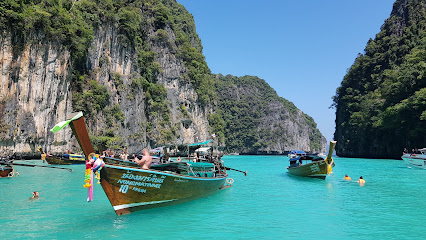
Wang Long Bay
Discover the serene beauty of Wang Long Bay in the Phi Phi Islands, where crystal-clear waters and stunning landscapes await every traveler.

Phak Nam Bay
Explore the stunning natural beauty of Phak Nam Bay in Krabi, Thailand, a hidden paradise with pristine beaches and crystal-clear waters.
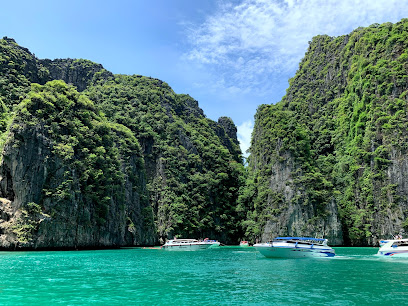
Maya Bay Tours
Explore the stunning beauty of Maya Bay with unforgettable boat tours that immerse you in crystal-clear waters and breathtaking landscapes.
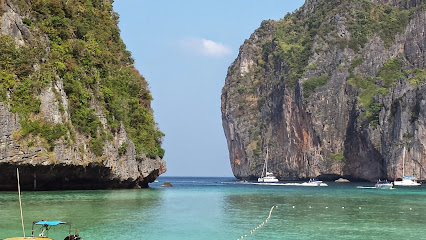
Freedom Bar
Discover the vibrant nightlife of Koh Phi Phi at Freedom Bar, where stunning views and a lively atmosphere create unforgettable memories.
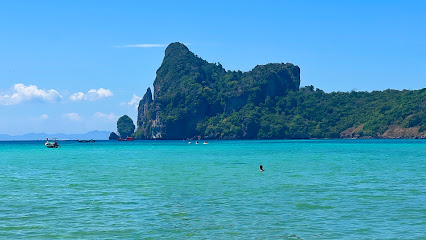
Unmissable attractions to see
Maya Bay
Discover the breathtaking beauty of Maya Bay, a tropical haven of turquoise waters and stunning limestone cliffs in Thailand.
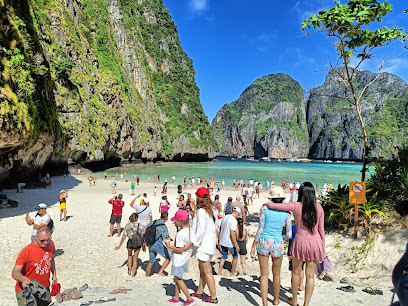
Lanta Old Town
Explore the vibrant streets and rich history of Lanta Old Town, a hidden gem on Ko Lanta Yai offering authentic Thai culture and breathtaking views.
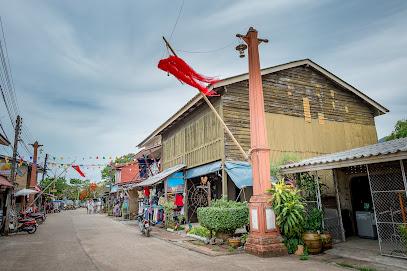
The Upside Down House Museum and Fun Attractions Phuket
Experience the extraordinary at the Upside Down House Museum in Phuket, a whimsical attraction that offers fun for all ages in a gravity-defying world.
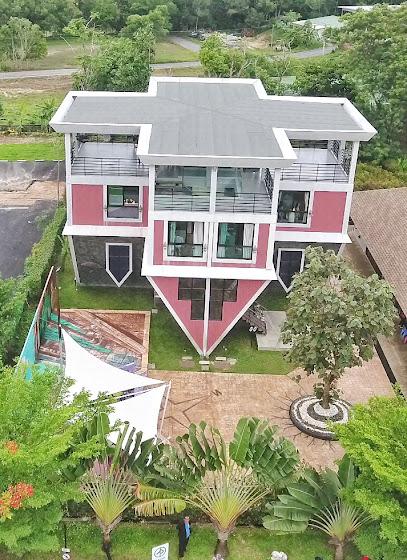
Wat Khao Rang Samakkhitham
Experience the serene beauty of Wat Khao Rang Samakkhitham, a breathtaking Buddhist temple in Phuket with stunning views and rich cultural heritage.
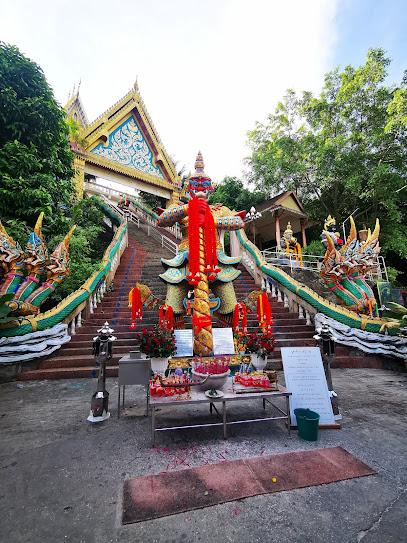
THAI'D UP ADVENTURES
Discover thrilling adventures and breathtaking landscapes at Thai'D Up Adventures in Krabi, Thailand's ultimate outdoor destination for nature lovers.
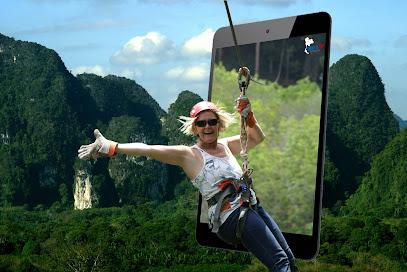
Five Star Thailand | Phi Phi Island Tour
Experience the breathtaking beauty of Phi Phi Island with Five Star Thailand Tours—your gateway to unforgettable adventures and stunning landscapes.
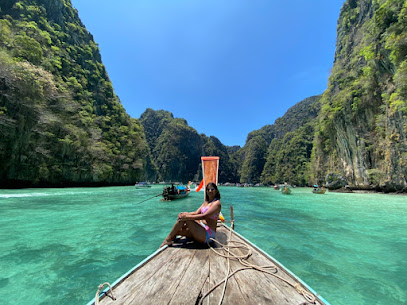
Pirate Beach Cove
Explore the breathtaking beauty and adventurous spirit of Pirate Beach Cove in Krabi, Thailand – a paradise for beach lovers and thrill-seekers alike.
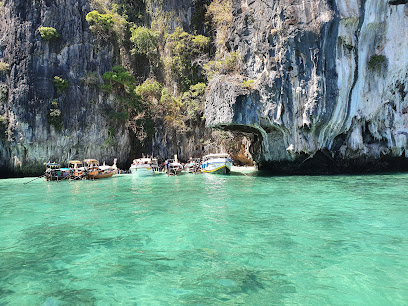
Phak Nam Bay
Discover the serene beauty of Phak Nam Bay, a hidden coastal paradise in Krabi, Thailand, with pristine white sands and crystal-clear waters.
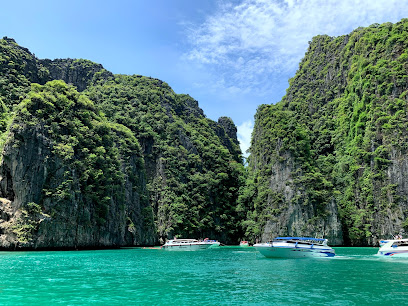
Old Town Lanta Street Market
Experience the vibrant atmosphere and authentic flavors at Old Town Lanta Street Market, a must-visit shopping destination in Ko Lanta Yai.
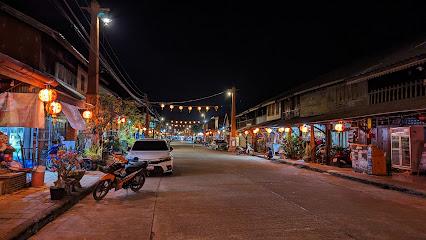
Real Rocks Climbing School, rock climbing Krabi, Railay Beach
Experience thrilling rock climbing adventures at Real Rocks Climbing School in Ao Nang, Krabi, and explore the stunning natural beauty of Thailand.
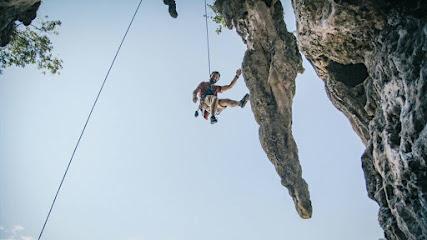
The Pirate Boat: Phi Phi Island Tour
Discover the enchanting Phi Phi Islands with The Pirate Boat Tour, where adventure meets stunning natural beauty and unforgettable experiences await.
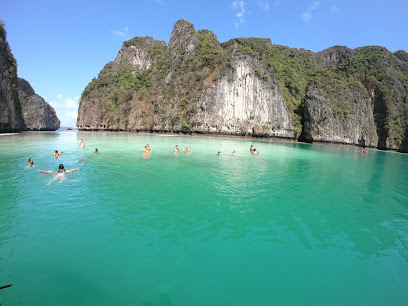
PhiPhi Underwater
Explore the mesmerizing underwater world of Phi Phi Islands with expert-guided scuba diving tours at Phi Phi Underwater.
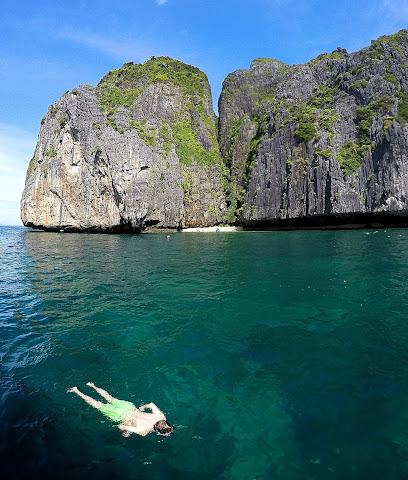
Masjid Ko Phi Phi Mosque | مسجد
Discover the tranquil beauty and cultural significance of Masjid Ko Phi Phi Mosque, a must-see landmark in Krabi, Thailand.
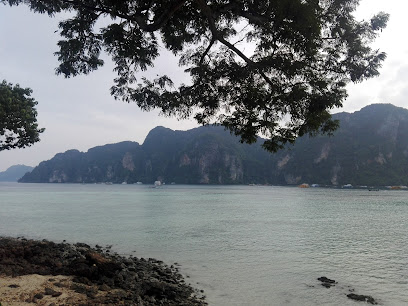
Bida Nai Island
Discover the enchanting Bida Nai Island in the Andaman Sea, a paradise of crystal-clear waters, vibrant reefs, and breathtaking natural beauty.
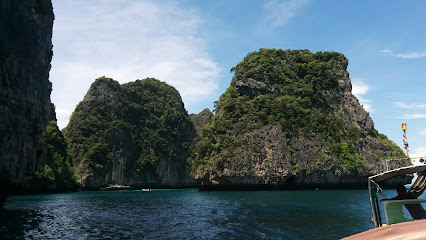
Jungle Trek Phi Phi Islands
Experience the breathtaking Jungle Trek in the Phi Phi Islands, where lush jungles and stunning vistas await every adventurous traveler.
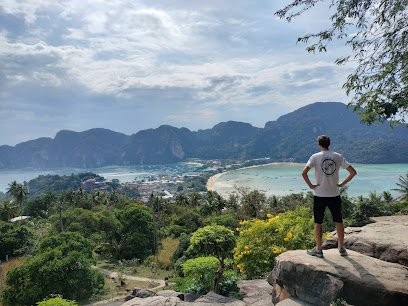
Essential places to dine
Garlic 1992 Restaurant
Experience authentic Thai cuisine at Garlic 1992 Restaurant in Ao Nang - where flavor meets affordability amidst a vibrant atmosphere.
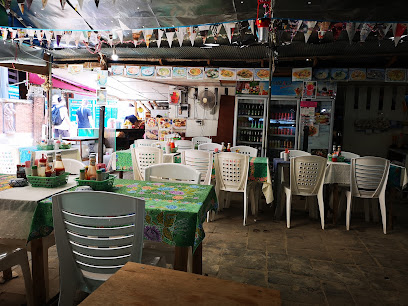
ACQUA Restaurant Phi Phi
Discover exquisite Thai flavors at ACQUA Restaurant Phi Phi in Ao Nang, Krabi—where delicious cuisine meets breathtaking views.
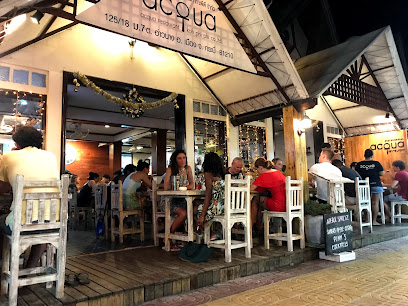
Anna's Restaurant
Experience authentic Thai flavors at Anna's Restaurant in Ao Nang - a culinary gem offering delightful dishes in a warm atmosphere.
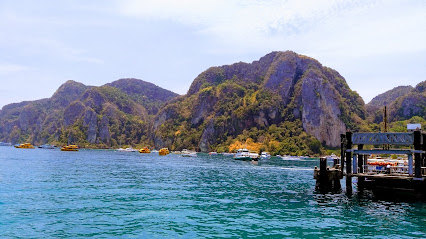
Italiano Bar & Restaurant
Indulge in authentic Italian cuisine at Italiano Bar & Restaurant in Ao Nang – where delightful flavors meet warm hospitality.
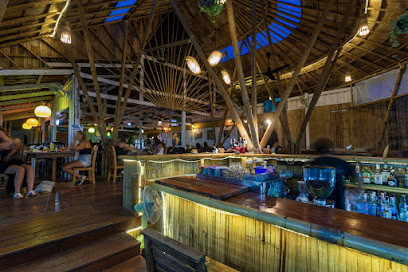
Cosmic restaurant
Experience authentic Thai flavors at Cosmic Restaurant in Ao Nang - where delicious cuisine meets stunning views.
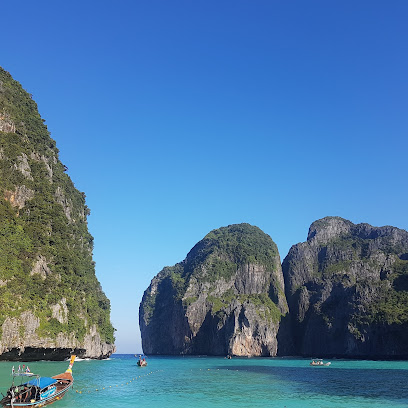
Pa-Noi Thai Food
Experience authentic Thai cuisine at Pa-Noi Thai Food in Ao Nang - where every dish tells a story.
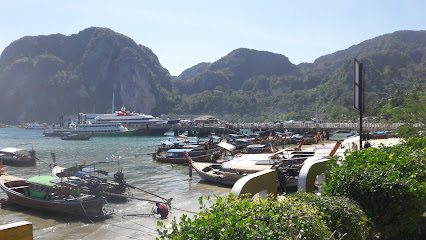
Efe Mediterranean Cuisine Restaurant
Experience authentic Turkish flavors at Efe Mediterranean Cuisine Restaurant in Ao Nang - where every meal is a delightful journey through Turkey's culinary heritage.
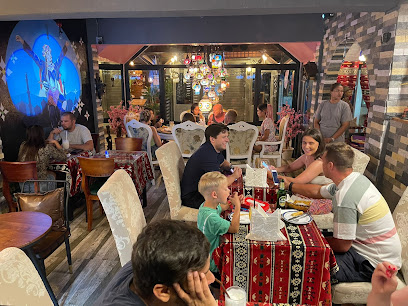
Dow Restaurant
Experience the rich flavors of Thailand at Dow Restaurant in Koh Phi Phi – where authentic dishes meet stunning island views.
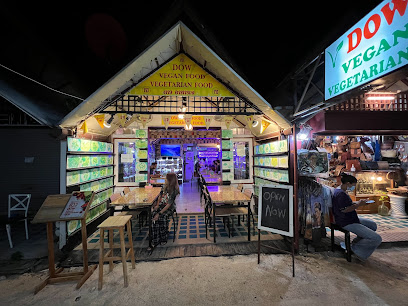
Patcharee Bakery
Experience the sweet essence of Thailand at Patcharee Bakery in Ao Nang, where every bite is a delightful journey through flavors.
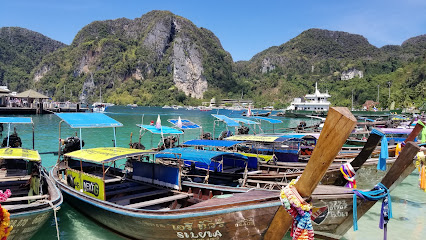
Tom Yam Restaurant
Experience authentic Thai cuisine at Tom Yam Restaurant in Ao Nang - renowned for its delicious Pad Thai and welcoming ambiance.
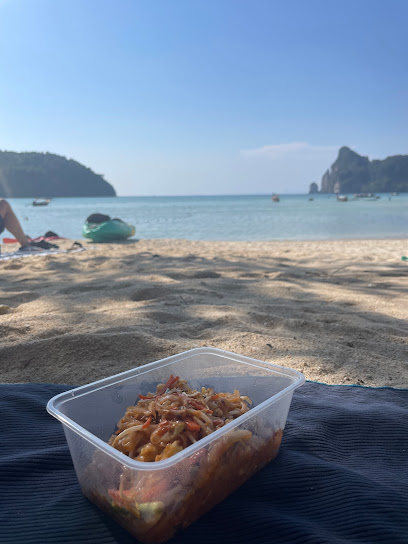
Atom Resto Phi Phi
Experience authentic Italian cuisine amidst the stunning beauty of Phi Phi Island at Atom Resto - where taste meets paradise.
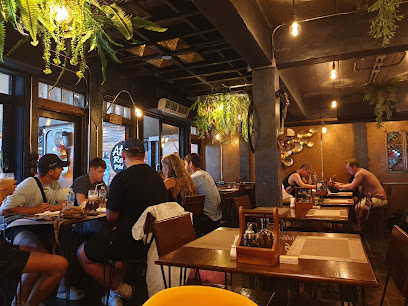
Pirates House Restaurant, Bar & Hotel
Discover an extraordinary dining experience at Pirates House Restaurant, Bar & Hotel with exquisite North Indian and Thai cuisine in Ao Nang.
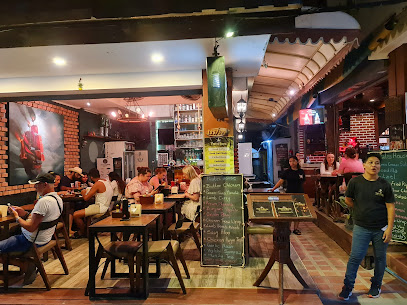
Only Noodles
Experience authentic Thai flavors at Only Noodles in Ao Nang – your go-to spot for delicious and affordable noodle dishes.
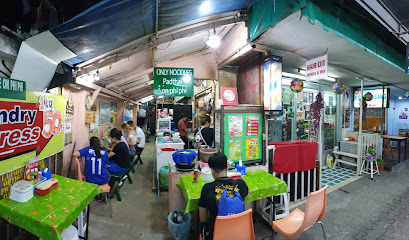
Papaya Restaurant (Indian & Thai Food)
Discover the perfect blend of Indian and Thai cuisines at Papaya Restaurant on Phi Phi Island – a must-visit dining experience in Krabi.
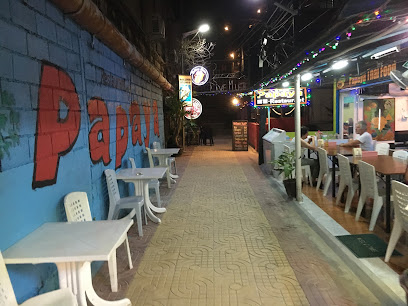
JaJa Cafe & Spice
Discover health-conscious delights and local flavors at JaJa Cafe & Spice in Koh Phi Phi Don - your perfect breakfast and brunch destination.
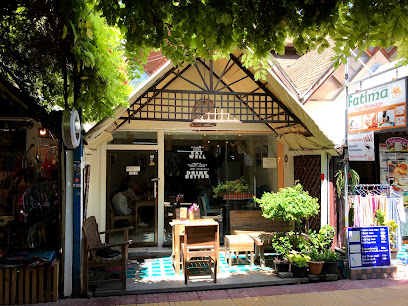
Markets, malls and hidden boutiques
ANDAMAN GENETICS PHI PHI
Discover the vibrant cannabis culture at Andaman Genetics Phi Phi, a unique store in the heart of Koh Phi Phi offering quality products and education.

Hippies Land Phi Phi x DANQ Cannabis Dispensary
Explore the vibrant cannabis culture at Hippies Land Phi Phi x DANQ Cannabis Dispensary, where quality products meet a laid-back atmosphere in paradise.
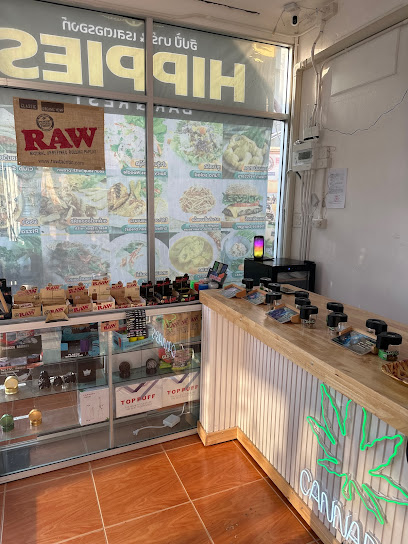
High Season Cannabis Dispensary, Koh Phi Phi
Explore the vibrant world of cannabis at High Season Dispensary in Koh Phi Phi — your go-to spot for quality products and wellness insights.
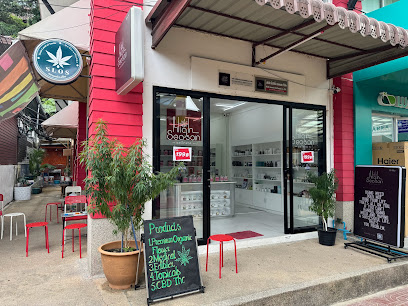
Sunya Minimart
Discover local flavors and essentials at Sunya Minimart, your go-to grocery store in the scenic Ao Nang, Krabi.
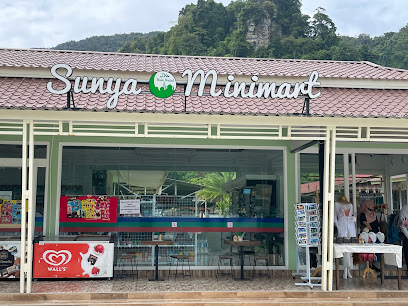
Phi Phi Cannabis
Discover the vibrant cannabis culture at Phi Phi Cannabis, a top tobacco shop in Krabi's Ao Nang offering quality products and expert advice.
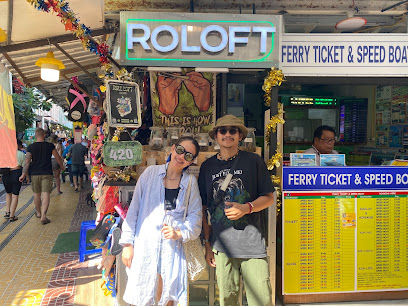
Up Coffee By PKT Diving Phi Phi Island
Discover the best specialty coffee at Up Coffee By PKT Diving on Koh Phi Phi Don, a must-visit spot for coffee lovers in paradise.
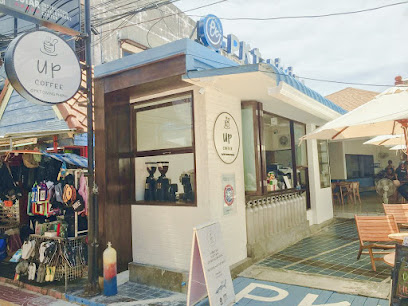
Canna Haze
Explore Canna Haze in Koh Phi Phi for top-quality cannabis products and a unique shopping experience amidst Thailand's breathtaking scenery.
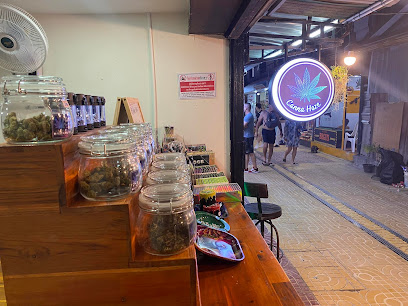
KANYASHOP PHI PHI
Explore Kanyashop Phi Phi, Ao Nang's top clothing store, for stylish beachwear and unique souvenirs inspired by the beauty of Krabi.
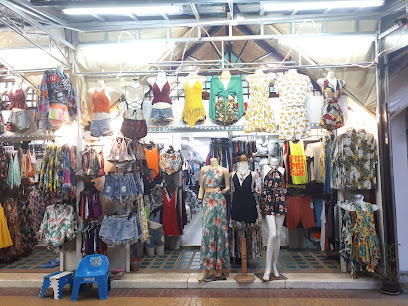
Pimp Dispensary
Immerse yourself in Ao Nang's cannabis culture at Pimp Dispensary, where quality products meet a welcoming atmosphere on Phiphi Island.
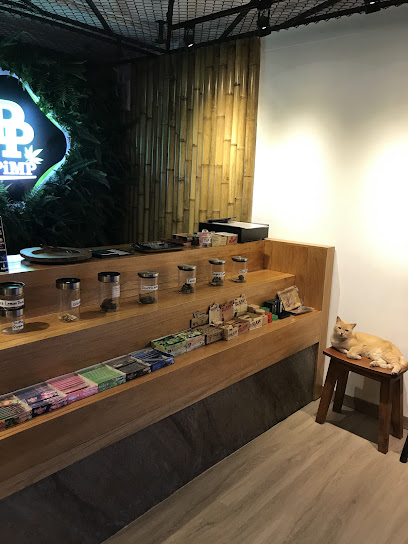
Cool Mini Mart
Discover convenience and local charm at Cool Mini Mart in Ao Nang, Krabi – your essential travel hub for supplies, travel services, and friendly assistance.
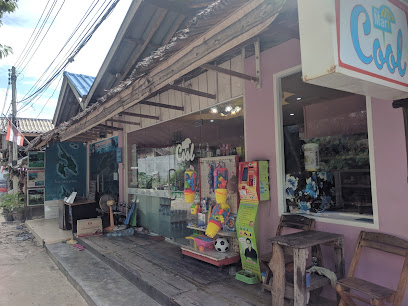
Organic Cannabis Bar & Lounge - Phi Phi Islands
Experience the laid-back vibe of the Organic Cannabis Bar & Lounge in Phi Phi Islands, where relaxation and organic cannabis meet island charm.
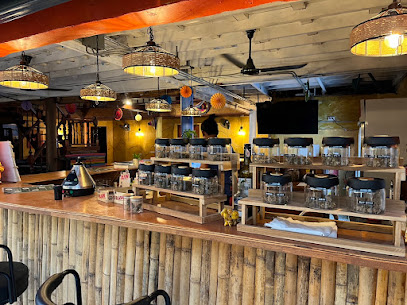
Goodhighthailand Cannabis Weed Koh Phi phi
Explore Goodhighthailand Cannabis Weed in Koh Phi Phi - Your Gateway to Thailand's Vibrant Cannabis Culture.
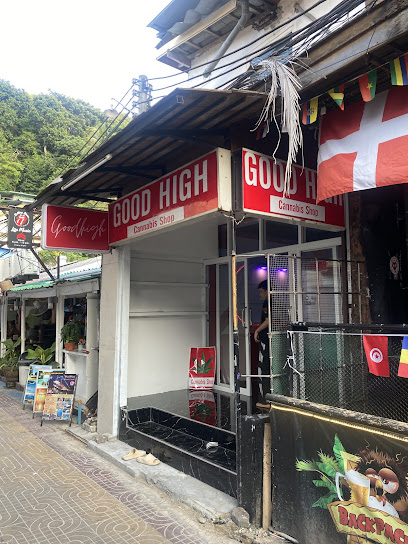
Secret Shop
Explore Ao Nang's Secret Shop, where unique local fashion meets the vibrant spirit of Krabi in an unforgettable shopping experience.
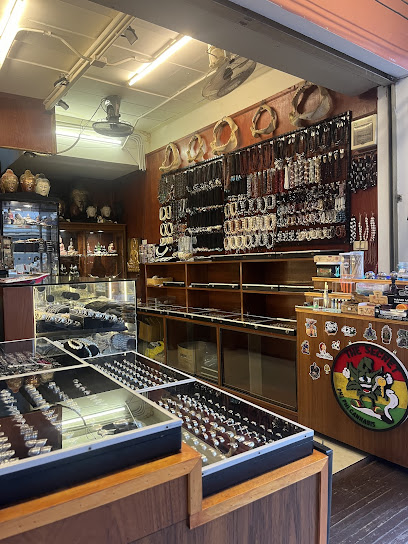
Once at Phi Phi
Explore Once at Phi Phi for authentic Thai souvenirs and unique gifts in the heart of Ao Nang, Krabi. Capture the spirit of your travels!
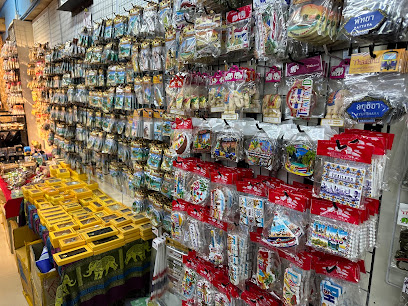
PHIPHI COOLMART
Uncover the delights of Phi Phi Coolmart, your essential stop for local snacks, souvenirs, and everyday needs in Ao Nang, Krabi.
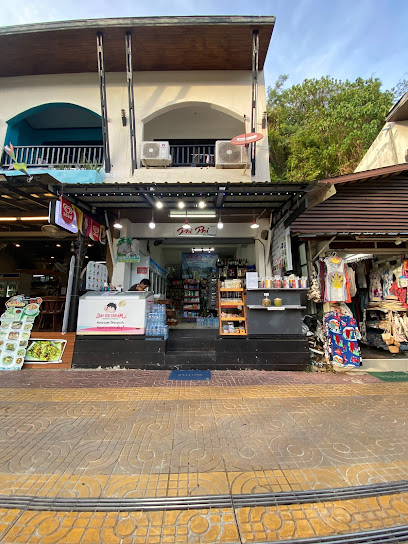
Essential bars & hidden hideouts
Slinky Bar
Discover the lively atmosphere and stunning views at Slinky Bar in Ao Nang, Krabi – the perfect nightlife spot for travelers.
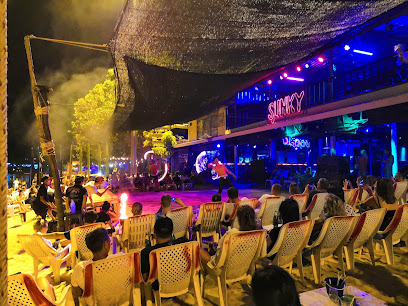
Reggae Bar
Reggae Bar in Ao Nang, Krabi, offers a lively tropical atmosphere with live music, exotic cocktails, and a vibrant crowd perfect for memorable nights.
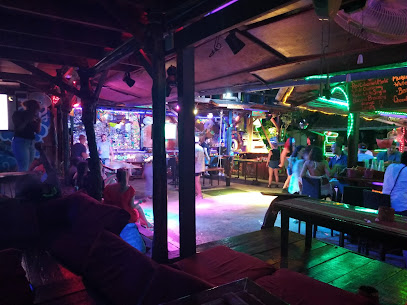
Pirates House Restaurant, Bar & Hotel
Discover a culinary paradise at Pirates House Restaurant, Bar & Hotel, where North Indian and Thai flavors come alive in a vibrant setting.
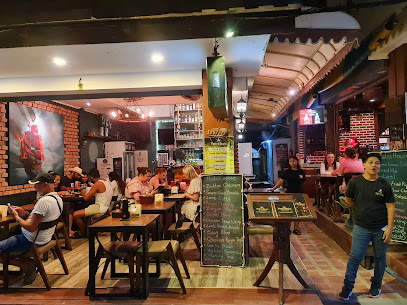
The Dubliner Irish Pub
Experience the lively atmosphere and authentic Irish cuisine at The Dubliner Irish Pub on beautiful Phi Phi Island, Krabi.
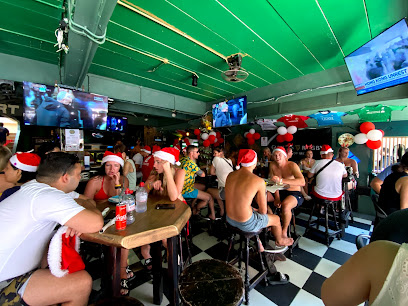
Stones Bar
Discover the lively atmosphere of Stones Bar in Ao Nang, Krabi - where stunning views, refreshing drinks, and great company await.

CamelRock Bar
Experience the vibrant nightlife at CamelRock Bar in Ao Nang, where unique decor meets refreshing cocktails and live music.
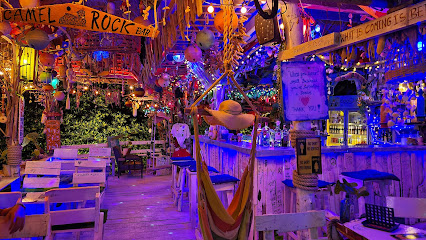
Sunflower Beach Bar
Experience the perfect blend of grilled delights and tropical vibes at Sunflower Beach Bar on Koh Phi Phi, where every meal is a feast for the senses.

Freedom Bar
Discover the vibrant nightlife at Freedom Bar in Koh Phi Phi Don, where stunning views, refreshing drinks, and a lively atmosphere await.
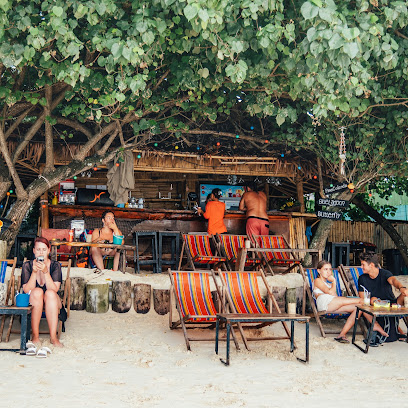
The Only Bar Bar Phi Phi
Experience the vibrant nightlife at The Only Bar Bar Phi Phi, a must-visit for tourists in Ao Nang, Krabi, where fun and great cocktails meet.
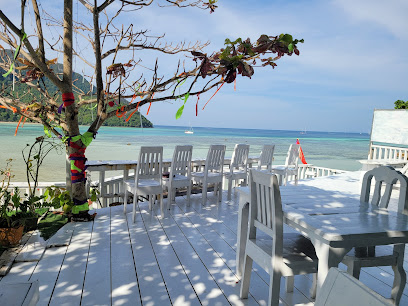
Dojo Bar
Experience the perfect blend of culinary delight and vibrant nightlife at Dojo Bar in Ao Nang, Krabi.
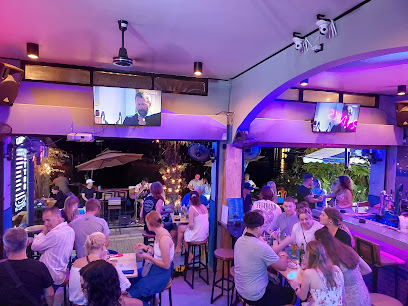
Backpacker Bar
Discover the vibrant nightlife of Phi Phi Don at Backpacker Bar, where great drinks, music, and a lively atmosphere await every traveler.
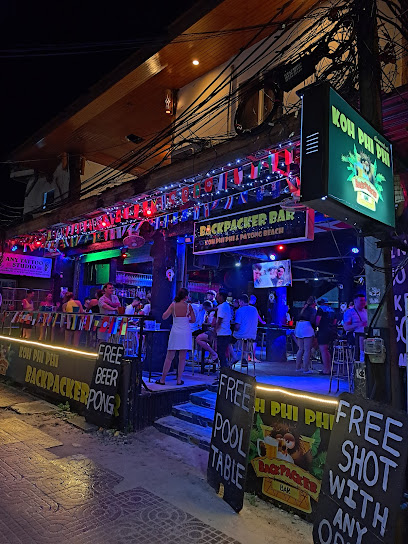
Relax Bar by Phi Phi Pirate
Experience the vibrant nightlife of Ao Nang at Relax Bar by Phi Phi Pirate, where refreshing cocktails and stunning views create the perfect escape.
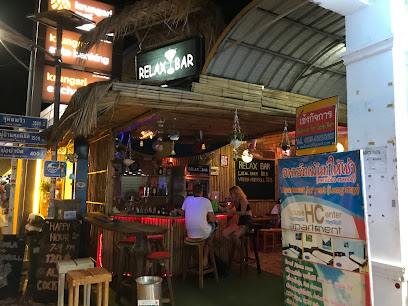
Chang Bar & Restaurant
Discover the heart of Ao Nang's nightlife at Chang Bar & Restaurant, where vibrant energy meets stunning views and affordable drinks.
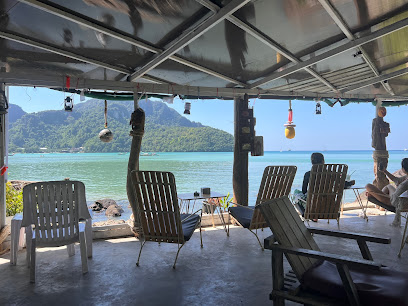
Paddy Shack
Discover the essence of Krabi's nightlife at Paddy Shack, where signature cocktails and a vibrant atmosphere await you.
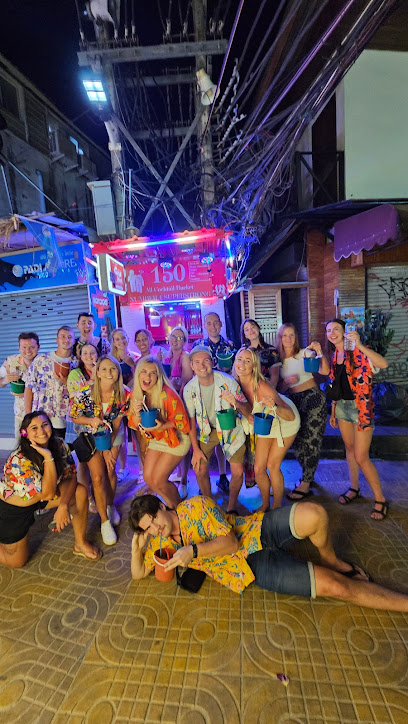
Let's Sea Bar
Experience the vibrant atmosphere and stunning views at Let's Sea Bar in the beautiful Phi Phi Islands, a perfect retreat for tourists seeking relaxation.
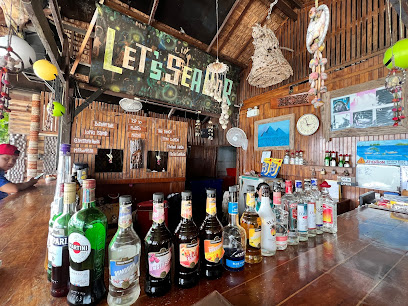
Local Phrases about Koh Phi Phi
-
- Helloสวัสดี
[sawasdee] - Goodbyeลาก่อน
[laa kon] - Yesใช่
[chai] - Noไม่
[mai] - Please/You're welcomeโปรด/ยินดีต้อนรับ
[proht/yin dee dton rap] - Thank youขอบคุณ
[kop khun] - Excuse me/Sorryขอโทษ
[kor toht] - How are you?สบายดีมั้ย
[sabai dee mai] - Fine. And you?สบายดีค่ะ คุณล่ะ
[sabai dee ka khun la] - Do you speak English?พูดภาษาอังกฤษได้ไหม
[poot paa saa ang grit dai mai] - I don't understandฉันไม่เข้าใจ
[chan mai khao jai]
- Helloสวัสดี
-
- I'd like to see the menu, pleaseขอดูเมนูหน่อยค่ะ
[kor duu menu noi ka] - I don't eat meatฉันไม่กินเนื้อ
[chan mai gin neuua] - Cheers!ชนเหยาะ
[chon yao] - I would like to pay, pleaseขอจ่ายเงินหน่อยค่ะ
[kor jai ngern noi ka]
- I'd like to see the menu, pleaseขอดูเมนูหน่อยค่ะ
-
- Help!ช่วยด้วย
[chuay duay] - Go away!ไปห่างๆ
[bpai hang hang] - Call the Police!โทรหาตำรวจ
[thor haa tam ruat] - Call a doctor!โทรหาหมอ
[thor haa mor] - I'm lostฉันหลงทาง
[chan long tang] - I'm illฉันไม่สบาย
[chan mai sabai]
- Help!ช่วยด้วย
-
- I'd like to buy...ฉันต้องการซื้อ...
[chan tong gaan seuu...] - I'm just lookingฉันแค่ดูอย่างเดียว
[chan kae duu yang diao] - How much is it?ราคาเท่าไหร่
[raa kaa thao rai] - That's too expensiveแพงเกินไป
[paeng gein pai] - Can you lower the price?ลดราคาได้ไหม
[lot raa kaa dai mai]
- I'd like to buy...ฉันต้องการซื้อ...
-
- What time is it?เวลาเท่าไหร่
[welaa thao rai] - It's one o'clockเวลาหนึ่งโมง
[welaa neung mong] - Half past (10)สามครึ่ง
[saam khrung] - Morningเช้า
[chao] - Afternoonบ่าย
[bai] - Eveningเย็น
[yen] - Yesterdayเมื่อวาน
[meua waan] - Todayวันนี้
[wan nee] - Tomorrowพรุ่งนี้
[proong nee] - 1หนึ่ง
[neung] - 2สอง
[song] - 3สาม
[saam] - 4สี่
[si] - 5ห้า
[ha] - 6หก
[hok] - 7เจ็ด
[jet] - 8แปด
[bpaaet] - 9เก้า
[gao] - 10สิบ
[sip]
- What time is it?เวลาเท่าไหร่
-
- Where's a/the...?...อยู่ที่ไหน
[...yoo tee nai] - What's the address?ที่อยู่อย่างไร
[tee yoo yang rai] - Can you show me (on the map)?ช่วยแสดงบนแผนที่ให้หน่อยได้ไหม
[chuay sa-deng bon pae n tee hai noi dai mai] - When's the next (bus)?รถต่อไปเมื่อไหร่
[roht dtor bpai meua rai] - A ticket (to ....)ตั๋วไป...
[dtua bpai...]
- Where's a/the...?...อยู่ที่ไหน
History of Koh Phi Phi
-
Koh Phi Phi, part of the Krabi Province, has been inhabited for centuries. Its first settlers were Muslim fishermen, and their presence is still evident in the local culture and community. The islands were also known to have been visited by sea gypsies, or 'Chao Leh', who lived a nomadic lifestyle, relying on the sea for sustenance.
-
The name 'Phi Phi' (pronounced 'Pee Pee') originates from the Malay language, with the original name being 'Pulao Piapi'. The name translates to 'Fiery Tree', a reference to the vibrant red-orange tree found on the islands. Over time, the name evolved into the current 'Phi Phi'.
-
During World War II, Koh Phi Phi played a strategic role. The Japanese forces occupied Thailand, and parts of the Andaman Sea, including Koh Phi Phi, were used for strategic movements and operations. Remnants of this period can still be found, although they are now mostly overshadowed by the island's natural beauty.
-
The 1980s marked the beginning of Koh Phi Phi's transformation into a major tourist destination. The islands were relatively unknown until this period when they began to attract backpackers and adventurous travelers. The word of its stunning beaches, clear waters, and vibrant marine life spread quickly, leading to a tourism boom.
-
In 2000, the release of the movie 'The Beach', starring Leonardo DiCaprio, brought international fame to Koh Phi Phi. Filmed on Maya Bay, the movie showcased the island's paradisiacal landscape, leading to a significant increase in tourism. This surge in visitors brought both economic benefits and environmental challenges.
-
On December 26, 2004, Koh Phi Phi was devastated by the Indian Ocean tsunami. The disaster caused extensive damage and loss of life, profoundly affecting the local community and infrastructure. The island has since recovered, thanks to international aid and local efforts, but the event remains a significant part of its history.
-
Following the increased tourism and the 2004 tsunami, efforts have been made to preserve Koh Phi Phi's natural environment. Initiatives include coral reef rehabilitation, waste management programs, and the implementation of sustainable tourism practices. These efforts aim to balance the island's economic growth with environmental preservation.
Koh Phi Phi Essentials
-
Koh Phi Phi is accessible via ferry from Phuket or Krabi. The nearest airports are Phuket International Airport and Krabi Airport. From either airport, you can take a taxi or shuttle to the respective ferry terminal. The ferry ride takes approximately 1.5 to 2 hours. Ferries run multiple times a day, with more frequent services during the high season.
-
Koh Phi Phi is a car-free island, and the primary modes of transportation are by foot or bicycle. Long-tail boats and water taxis are available for traveling between beaches and nearby islands. For exploring the main areas, walking is the best option as most attractions are within a short distance of one another.
-
The official currency in Thailand is the Thai Baht (THB). Credit and debit cards are widely accepted in hotels, restaurants, and larger shops. However, it is advisable to carry cash for smaller establishments, local markets, and transportation services. ATMs are available on the island, but it's a good idea to withdraw sufficient cash before arriving.
-
Koh Phi Phi is generally safe for tourists, but standard precautions should be taken. Avoid walking alone at night in secluded areas and keep an eye on your belongings in crowded places. Petty theft, such as pickpocketing, can occur. Areas around the main pier and Ton Sai Village can be particularly crowded, so stay vigilant.
-
In case of emergency, dial 1155 for tourist police. Medical facilities are available at the Koh Phi Phi Hospital located in Ton Sai Village. For minor health issues, pharmacies are also available. It is recommended to have travel insurance that covers medical emergencies and activities like diving or hiking.
-
Fashion: Do dress modestly, especially when visiting religious sites. Avoid overly revealing clothing. Religion: Do respect local customs and traditions. Remove shoes when entering temples. Public Transport: Do agree on a fare before boarding a long-tail boat or water taxi. Don't litter or damage boats. Greetings: Do greet people with a 'wai,' a slight bow with hands pressed together. Eating & Drinking: Do try local delicacies and street food. Don't refuse hospitality, as it is considered impolite.
-
To experience Koh Phi Phi like a local, visit the island's smaller beaches, such as Loh Moo Dee and Ao Poh, where you can enjoy a more peaceful atmosphere. Participate in local festivities and beach clean-up activities. Engage with the locals who are often friendly and willing to share insights about the island's history and culture. Don't miss a hike to the Phi Phi Viewpoint for a panoramic view of the island.
Nearby Cities to Koh Phi Phi
-
Things To Do in Phuket
-
Things To Do in Trang
-
Things To Do in Nakhon Si Thammarat
-
Things To Do in Surat Thani
-
Things To Do in Satun
-
Things To Do in Langkawi
-
Things To Do in Koh Samui
-
Things To Do in Ranong
-
Things To Do in George Town
-
Things To Do in Chumphon
-
Things To Do in Penang
-
Things To Do in Kota Bharu
-
Things To Do in Ipoh
-
Things To Do in Medan
-
Things To Do in Cameron Highlands













